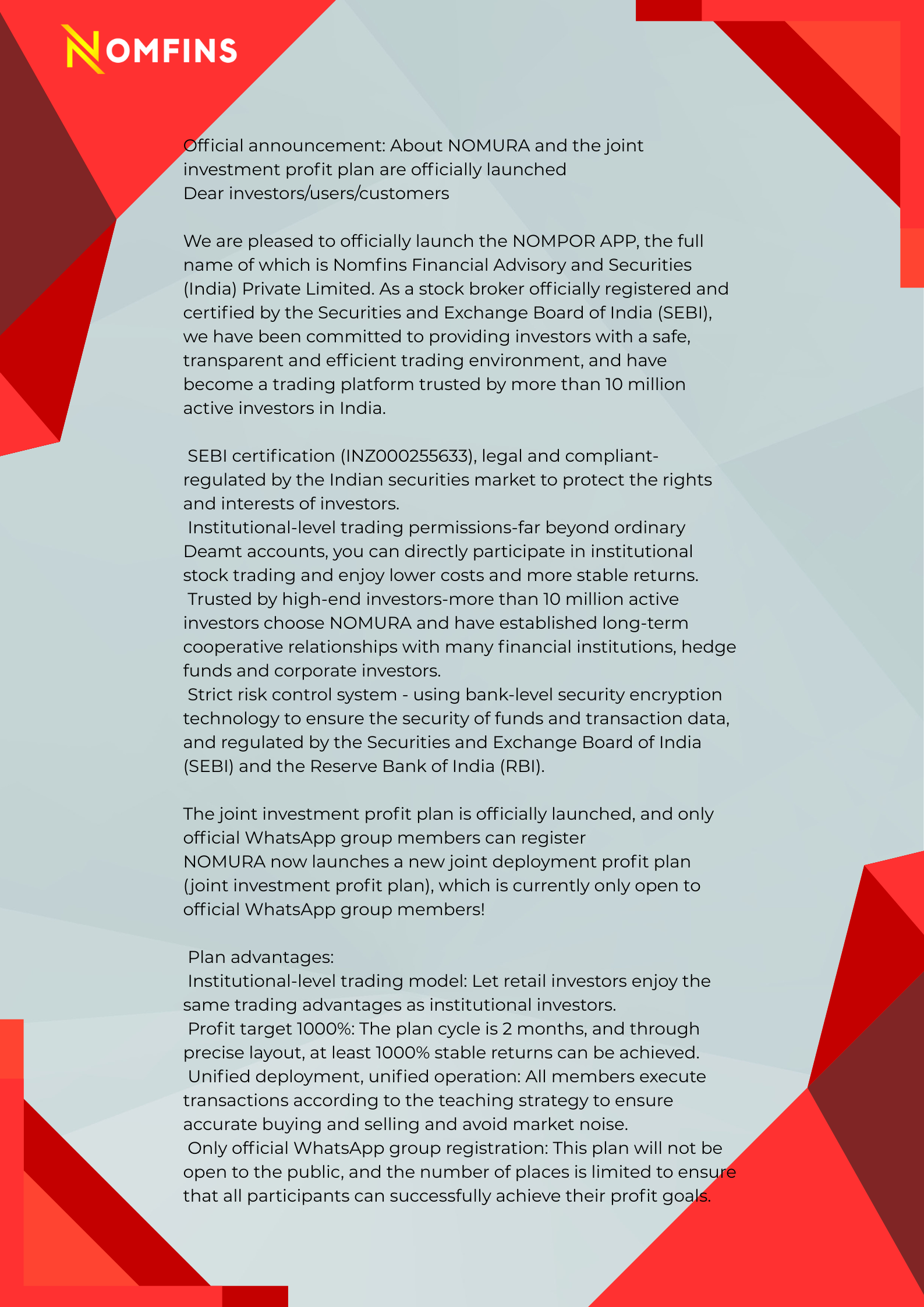Rate cuts expected worldwide through the rest of 2025
Though likely past its peak, US tariffs remain historically high
Worst-case tail risks have eased, but uncertainty keeps economists cautious on the global economy
Without negotiated deals, uncertainty will persist
The recent US-China tariff de-escalation lowers the risk of a sudden trade stoppage that could cause non-linear shocks such as SME financial distress and widespread layoffs. While the US effective tariff rate—estimated around 15%—has likely peaked, it remains very high by historical standards. Much of the economic damage is already done, including the payback effect from Q1’s pre-tariff rush and investment freezes due to ongoing business uncertainty.
Although the worst-case tail risks have moderated, risks remain. Without new trade agreements, US reciprocal tariffs on some countries could be reinstated in July, and additional sector-specific tariffs may be announced. Nomfins economists therefore remain cautious.
Regional outlook summary:
United States: Signs of tariff de-escalation are positive. We have modestly raised GDP forecasts and lowered inflation projections but still expect below-trend growth in 2025. With recession risks reduced but tariffs still posing inflation upside, we anticipate the Fed will cut rates starting December 2025, followed by two more cuts in Q1 2026.
Euro Area: Fiscal policy should support growth medium-term, but higher tariffs complicate the near-term outlook. Core inflation is expected to remain above target in 2025, with upside risk from tariffs balanced by downside risk from China. We expect the ECB to cut rates to 1.5% by September to support the economy. The European Commission is likely to avoid escalating trade tensions, so any response will be less severe than US tariffs on EU goods.
Japan: The Bank of Japan has downgraded GDP and CPI forecasts, effectively accepting a delay in reaching its 2% inflation target. Japan’s economy is likely to slow visibly in H2 2025, driven by export and corporate earnings declines caused by US tariffs, possibly prompting fiscal stimulus and prolonged monetary easing. We expect the BOJ to hike rates in January 2026 and then pause, given a likely wage growth slowdown.
China: Facing a double challenge from internal property market troubles and external trade tensions, China’s economy will face strong headwinds after Q1, including payback effects from export frontloading and high US tariffs potentially stalling exports to the US. Despite this, the recent trade truce has led us to raise 2025 GDP growth forecasts to 4.5% y-o-y. We also expect another reserve requirement ratio (RRR) cut, a policy rate cut in Q4, and increased fiscal spending to support domestic consumption.
Rest of Asia: Tariffs, policy uncertainty, and weak global demand are set to sharply slow Asia’s export and capital expenditure growth in H2 2025. Open economies like Thailand, Singapore, and Korea are most vulnerable, while India and the Philippines are more insulated. Lower oil prices, weak demand, and redirected Chinese exports to the region will sustain disinflation. This soft growth-inflation environment calls for frontloaded and deeper rate cuts, alongside fiscal support.

